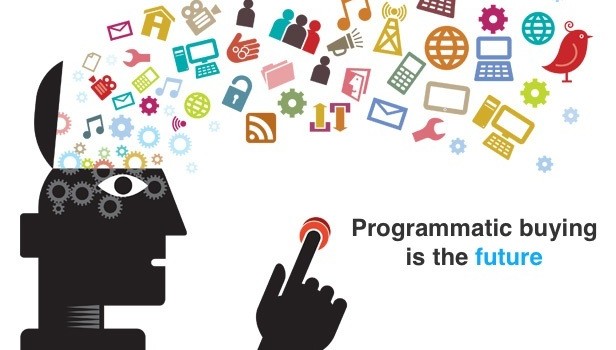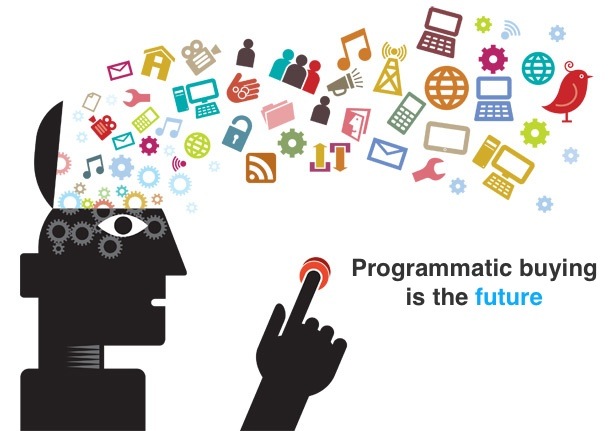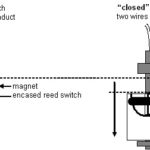The 5 Important Knowledge Bytes of Programmatic Marketing
Programmatic ad buying has evolved into the prudent answer digital marketers were seeking. The previous years saw remarkable breakthroughs in digital marketing, with many global brands being able to advertise with greater knowledge about their ad spaces and audiences. In 2014, IAB figures showed programmatic advertising grow to £1 billion in Europe, which was twice as much in 2013. Programmatic ad buying grew enormously after beating the then growing world of search advertising.
Recent developments suggest that programmatic buying has become the key solution to meet the goals of digital marketing. However, brands must about being in control over the coming years.
- Enterprises have to take proper control
Just like businesses didn’t like doing their own television buying, so is the case with programmatic buying. Of course, businesses want to have their say around campaign data and ad technology. For companies seeking greater control over ad buying, programmatic platforms will make things easier. Publishers willing to collaborate with numerous programmatic platforms will become the favorite partners for the brands.
- Transparency and fraud
The major problem enterprises face is whether the ads are being made viewable. There is concern about possible fraud in that context. Programmatic ad buying is continuously trying to address such concerns. In 2015, there is hope that actions will be taken to improve the overall outcome, without which confusion about the industry can lead to loss of confidence. Organizations like ISBA and IAB are already paying great attention to such a possibility.
- Combining offline and online measurements
Data generated through transactions and offline surveys can be immensely helpful for driving analytics. In 2015, there will be real-time measurement of what is relevant in the offline world to programmatic advertising. Companies working with loyalty cards and credit cards will start using transactional data at the basic level, i.e. for their products and in stores. In the programmatic world, such efforts should be a cakewalk, especially as they can be used for measuring online ad buying results.
- Reality across different technologies
Using probability-based and statistical targeting across different devices is no more relevant. This year, more work is expected from platforms like Facebook and Google. They are expected to make available their cross-device user information, which is available for measuring and buying. Using powerful technologies like demand-side platforms (DSPs) and ad servers, they can create new advertising flows that are both, powerful and cross-platform. This is a method by which users can be tracked across devices with the help of user IDs, and not cookies. The method is highly attractive and brands cannot ignore this development.
- Using mobile for programmatic ad buying
The year 2014 saw about 35% of all programmatic ad buying expenses on mobile, reports IAB. However, most of it is driving the business of app downloading. With the introduction of cross-device functionality, the programmatic market is expecting continued growth, also from non-mobile advertisers who are confident with the measurements and performance benchmarks of the programmatic world.
The performance benchmarks for enterprises-level programmatic ad buying are numerous. However, if these 5 basic trends are followed, brands can fully utilize the advanced features the programmatic world has to offer.
Author Bio:
Preethi Vagadia is currently a Senior Business architect with the Service operations practice at a well-known IT Industry in Bangalore. She has worked in several process improvement projects involving multi-national teams for global customers. She has over 8 years of experience in AdServer Solutions and has successfully executed several projects in Logistics management, Logistics Integration, Reverse logistics, Warranty software and Programmatic Solutions.










![Biggest Safety Concern for Most Americans in 2018 is Digital Privacy [Infographic]](https://technofaq.org/wp-content/uploads/2018/09/infographic-150x150.jpg)





